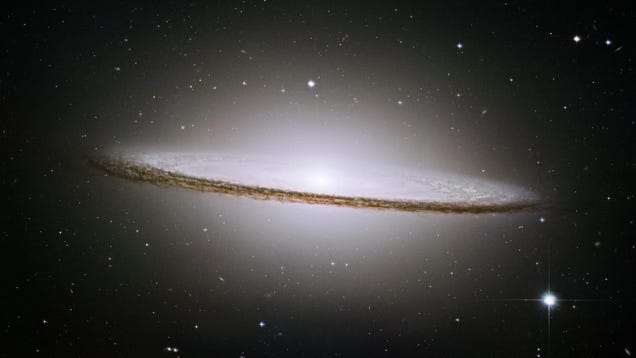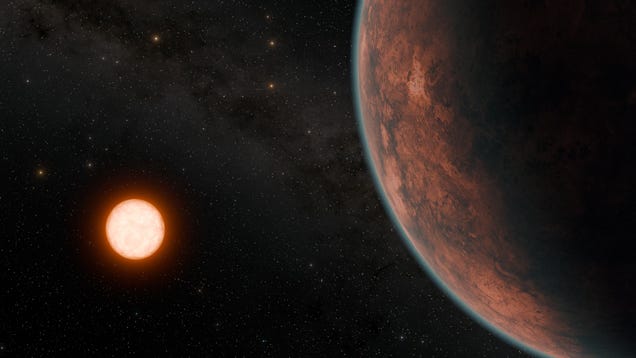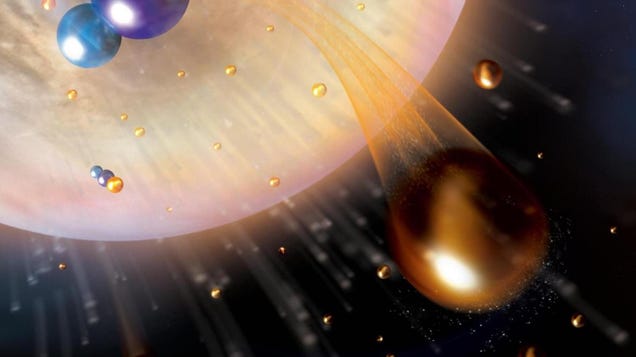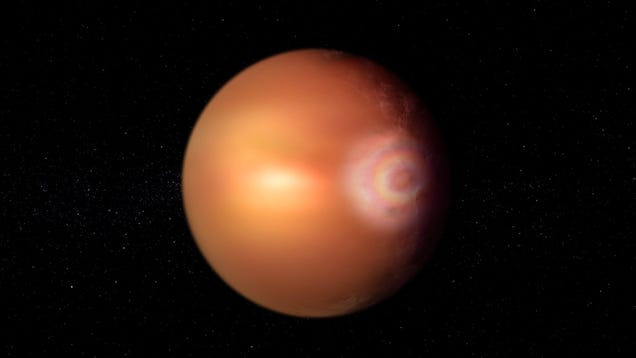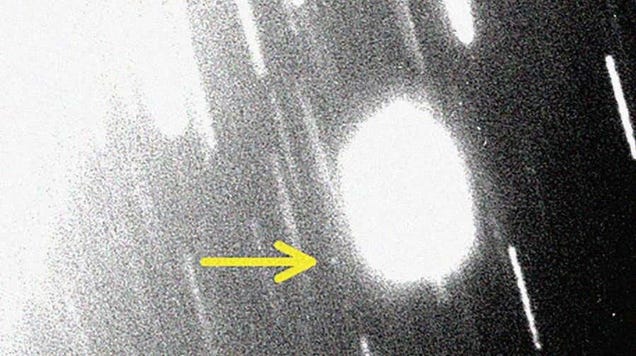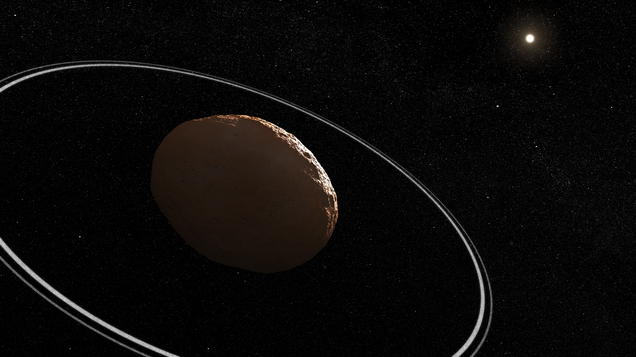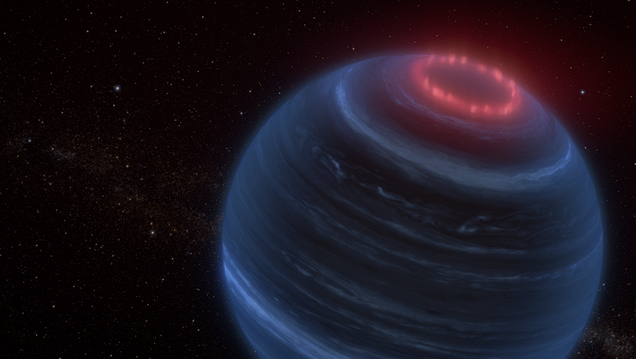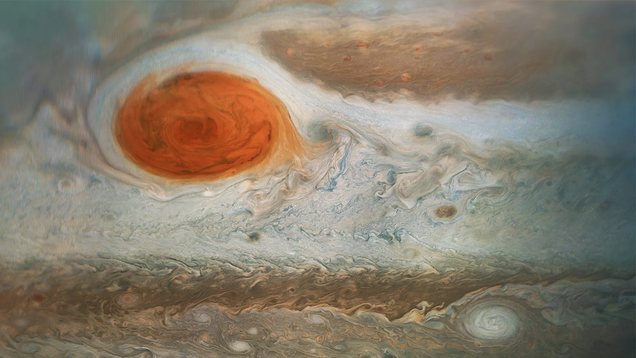
In 1665, astronomer Giovanni Domenico Cassini observed a massive storm raging on Jupiter. It became known as the Great Red Spot, a swirling oval of clouds that’s almost twice as wide as Earth. New research, however, suggests that the red-hued feature spotted by Cassini is not the same storm we see today.


